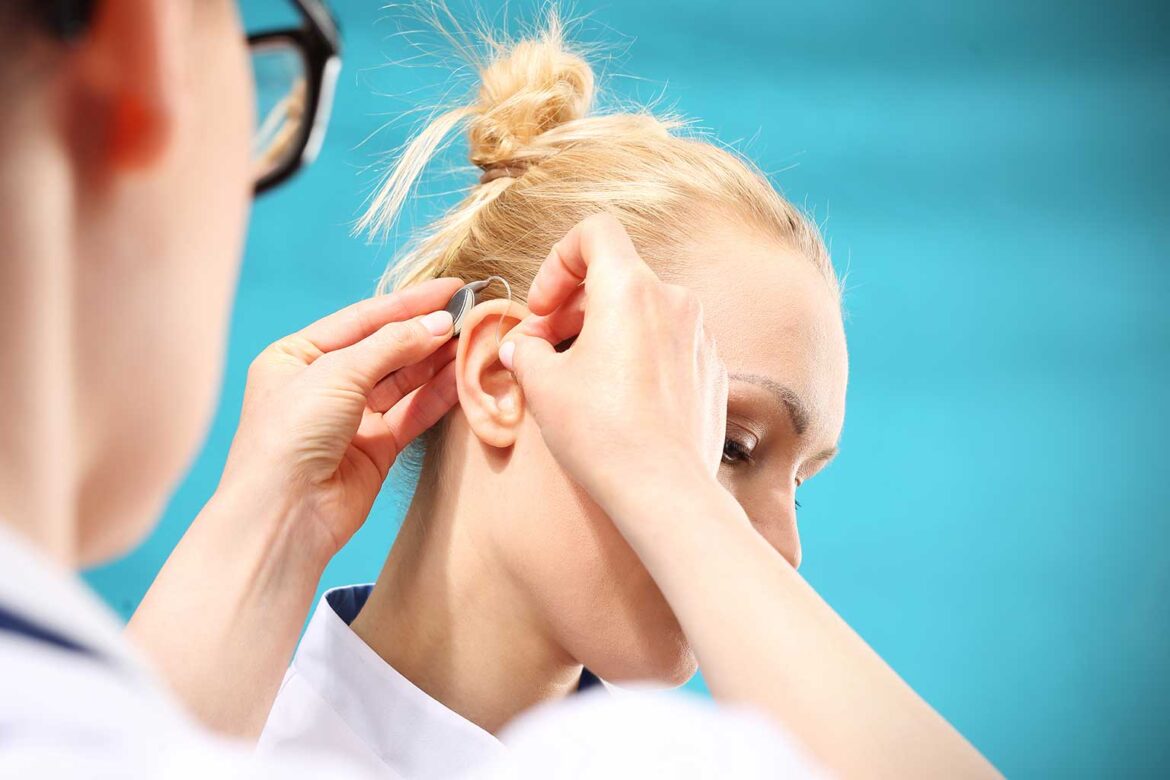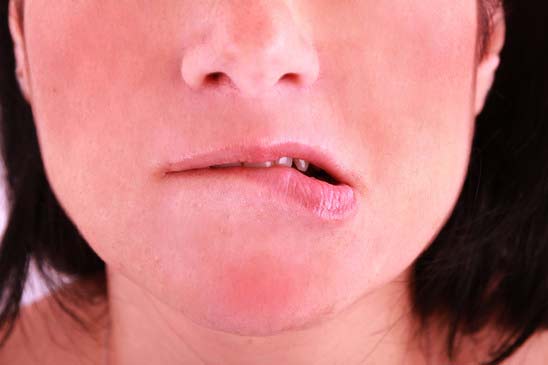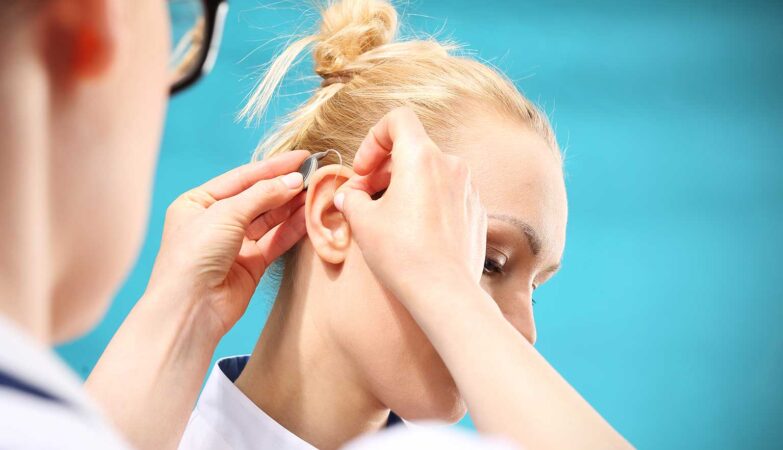Being hard of hearing is a common complaint, especially among the older population. The pollution and smoke in the environment, coupled with loud noises, also end up damaging the auditory system. While the symptoms may be manageable at first, it is advisable to visit a specialist doctor when the problem increases. Having the extent of hearing loss gauged by an audiologist is important thereafter. Almost all medical professionals recommend using a hearing aid to ensure proper hearing in the future. You are likely to be flabbergasted by the plethora of choices when the time comes to pick the right aid. It is interesting to know that a behind-the-ear or over the ear hearing aid is the initial option for many people.
The two terms are often used interchangeably, yet there is a difference between behind-the-ear (BTE) and over-the-ear types of hearing aid.
What you should know about over the ear hearing aid, or OTE?
The term is a broad one that is applicable to both behind-the-ear aids as well as the receiver-in-canal (RIC) hearing aid. While the former refers to a style where the ear mold fits snugly into the ear canal, the latter features a wire that runs from the device placed over the ear to the receiver that remains within the ear canal.
This type of hearing aid is favored by individuals experiencing mild to moderate hearing loss. Some of the specific gains that you are sure to appreciate once you begin to use the OTE are: –
- Ease of Use– True, the conventional OTEs are a trifle larger than the more advanced models, but the RIC is often favored by the users for its ease of use. Handling it is thus simple for the elderly and infirm. People with dexterity issues, as well as the visually impaired, also find such hearing aids simple to use. Cleaning the relatively bigger hearing aid is easy as well, making it low maintenance and suitable for long use.
- Versatility– While most medical professionals recommend these hearing aids to minimize hearing loss that is mild to moderate, this device may be used by people of all ages right from children to the elderly. Moreover, it happens to be the preferred choice for patients with specific ear conditions.
- Comfort– Sure, the devices are often visible on the ear, but many of the users are happy about them as they are comfortable to wear. There is a sense of intrusion or a feeling of blocked ear, either. Comfort is thus ensured regardless of the age or physical condition of the user.
- Cost-Effective– The hearing aids that are visible to the public are often more cost-effective than the tiny, advanced models that promise invisibility. Patients with limited means of income often inquire about the affordable models, with the OTE meeting their expectations, usually.
The best over the ear hearing aid may come with multiple advanced features, too. The end-user can thus opt for a receiver in the canal model equipped with excellent Bluetooth connectivity.







